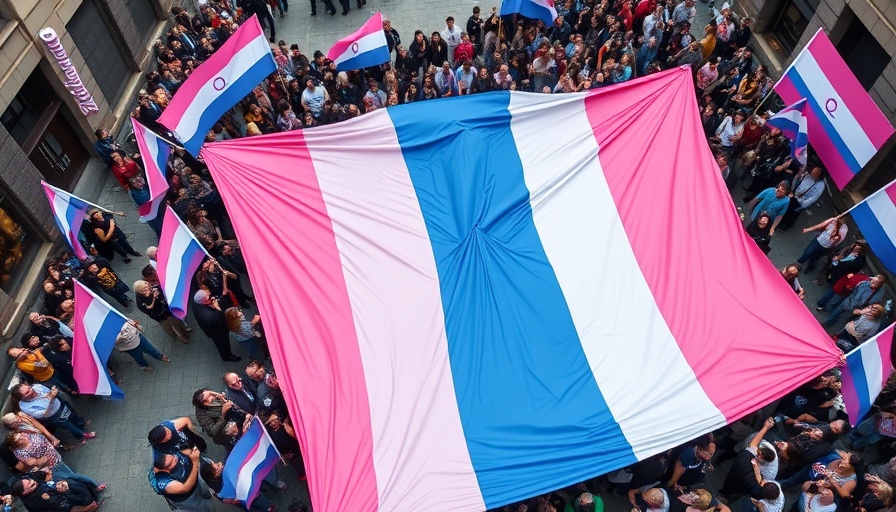
Understanding Apple's Liquid Glass Update: A Bold Change in UI Design
Apple has long dazzled its users with cutting-edge tech and visually appealing interfaces. At the WWDC 2025, the tech giant unveiled its latest user interface overhaul, named Liquid Glass, marking the most significant change in a decade. This refreshed aesthetic features app icons, buttons, menus, and pop-ups that appear as if they’re crafted from frosted glass, with blurring background colors creating a unique visual experience.
Readability: A Double-Edged Sword for Designers
While the aesthetic may evoke admiration, it has raised eyebrows among designers, particularly regarding its impact on readability. Allan Yu, a product designer at Output, voiced concerns that the transparency overpowers essential text, making crucial information harder to digest. “It’s hard to read some of it,” he states, suggesting adjustments in blurring or background contrasts to enhance visibility.
Accessibility Challenges Ahead?
Design experts like Josh Puckett from Iteration warn of potential accessibility issues for users with visual impairments, likening it to the initial beta experience of iOS 7, which had similar readability problems. However, there is cautious optimism within the design community. Puckett expresses hope that Apple, known for its commitment to accessibility, will enable adjustments that can mitigate these challenges over time.
Brightness Impacts the User Experience
Serhii Popov, a software engineer at MacPaw, echoes these thoughts while considering the practical application of Liquid Glass in varied lighting conditions. He highlights concerns about glare affecting visibility, which could deter engagement in brightly lit environments, particularly for device users reliant on intuitive design.
Balancing Aesthetic Appeal and Functionality
Adam Whitcroft, of Owner.com, acknowledges the art behind the design but questions its effectiveness in practice. He praises the technical execution of mimicking light effects but notes that the overall user experience may suffer due to distracting elements. Designers are left pondering a critical question: Can aesthetic appeal coexist with functional usability?
The Future of UI: Innovations in Design
As consumer and developer feedback emerges, the path forward for Liquid Glass remains uncertain yet exciting. This transition invites professionals in design and marketing to reflect on how aesthetic innovations can align with user needs. As Apple navigates these critical waters, the balance between eye-catching design and user-centric usability will be pivotal in setting the stage for future iterations.
Conclusion: Insights for Marketing Managers
The evolution of Apple's interface design presents a unique opportunity for marketing teams to reassess their approach to user experience. As technology advances and new trends emerge, it becomes crucial to prioritize accessibility and readability. Designers and marketers alike must embrace feedback mechanisms and user insights to ensure their creations resonate with their audiences effectively. This journey serves as a reminder that beautiful design is meaningless if it becomes a barrier to usability.
 Add Row
Add Row  Add
Add 




 Add Row
Add Row  Add
Add 

Write A Comment